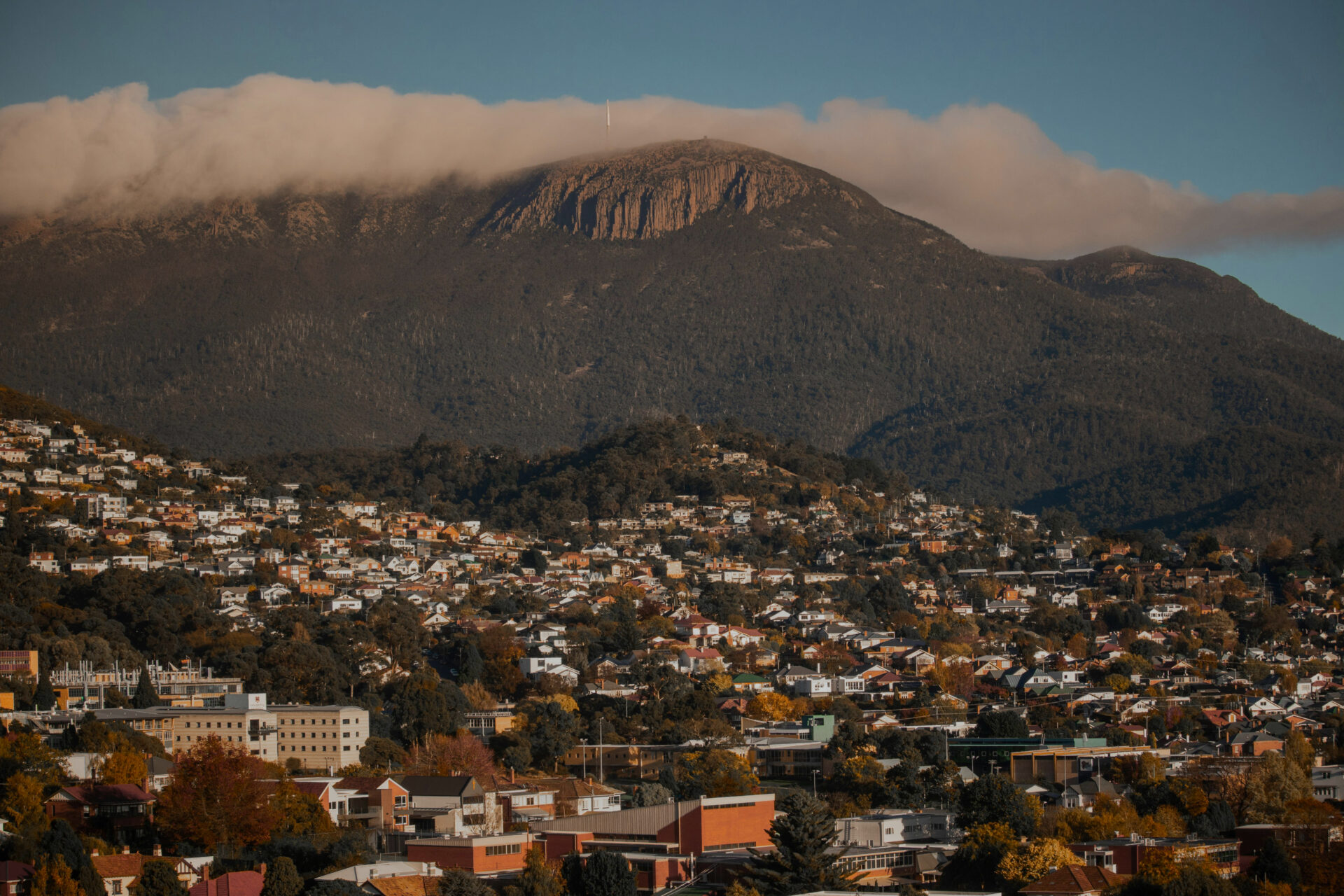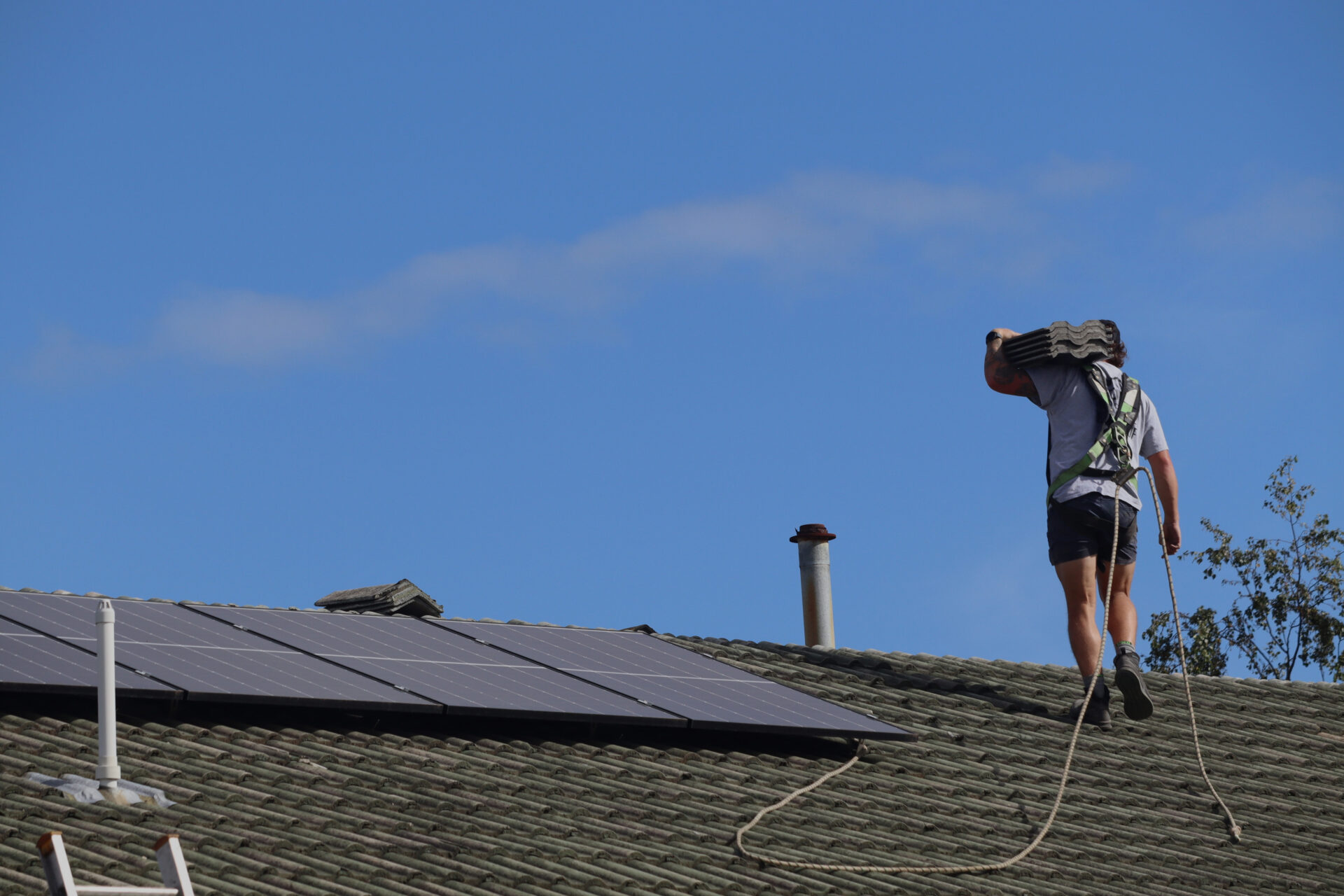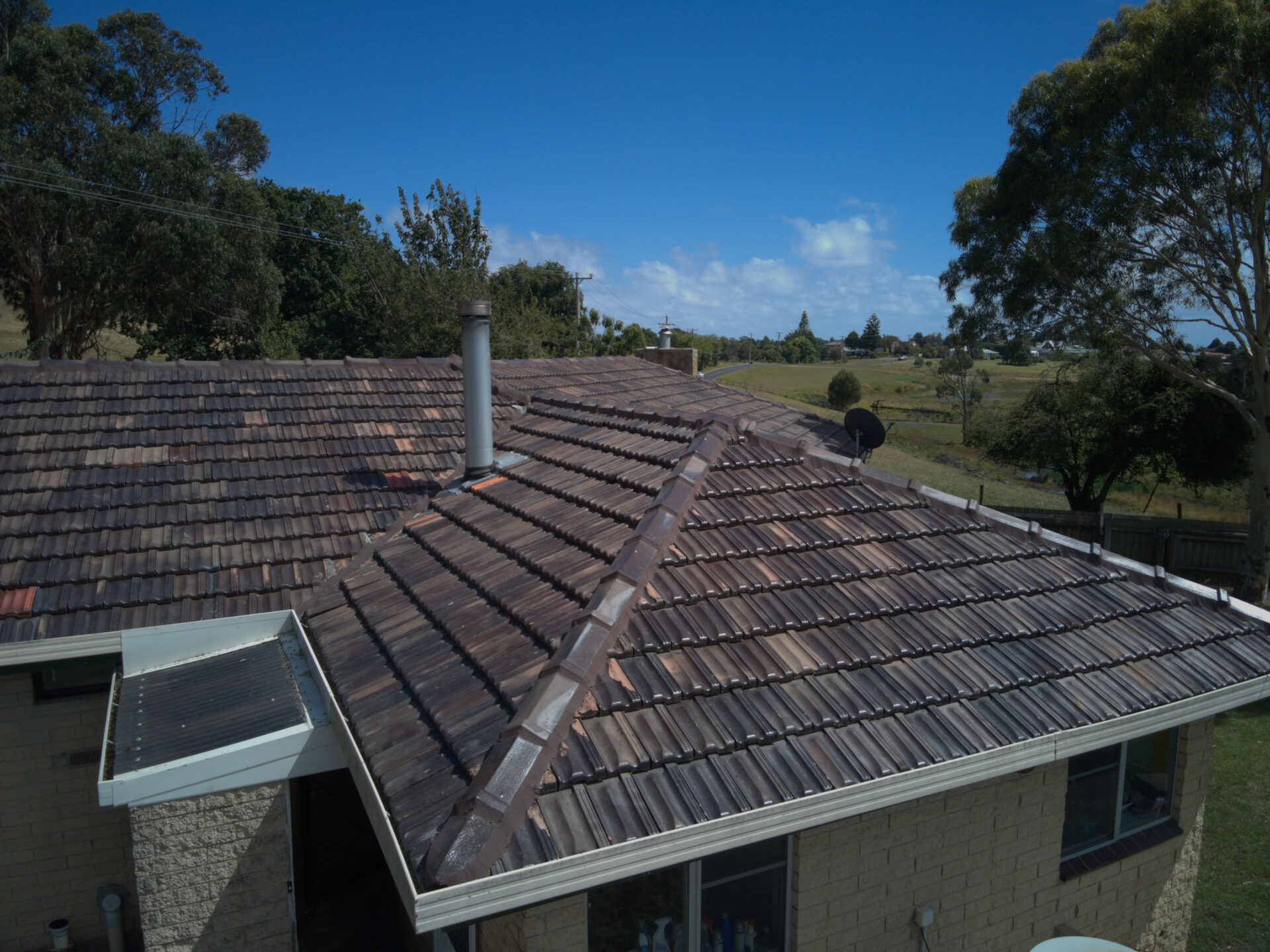Hobart experiences a unique climate compared to mainland Australia. With strong winds and it’s costal location, Hobart’s unique climate can impact the longevity and durability of roofing materials. Understanding how Southern-Tasmania’s climate can affect your roof is a great way for homeowners to prepare their home for Hobart’s weather conditions.
Types of Weather Events Hobart Homeowners Should Consider
While Hobart enjoys a more mild climate relative to other areas of Tasmania, there are still a few types of weather conditions homeowners should be aware of.
Strong Westerly Winds (“Roaring Forties”)
As Hobart lies within the path of the “Roaring Forties,” powerful westerly winds can sometimes sweep through the region. While most of Tasmania’s extreme wind events occur where the altitude is high, around regions such as Mount Wellington, Hobart still can experience its fair share of extremely high wind events.
In 2023, Hobart Airport recorded a wind speed of 89km/hour, which places it in category 1 cyclone range. In 1965, the Bureau of Meteorology recorded a wind speed at a staggering 150 km/hour. It only takes a single windy event to cause substantial damage to your roof.
How Can Wind Damage Roofs?
High winds can loosen roofing materials, dislodge tiles, and even cause structural damage if your roof isn’t well maintained. A few possible ways wind can damage roofing elements include:
- Lifting Roof Tiles and Sheets: Strong gusts can lift poorly secured tiles and metal sheets, exposing the roof to leaks and further damage.
- Damaging Flashing and Sealants: Strong winds can cause flashing to lift or tear away, creating vulnerabilities around roof edges and penetrations like chimneys, vents, and skylights.
- Breaking Branches and Debris Impact: High winds can break tree branches or blow debris onto roofs, leading to cracked tiles, punctures, or clogged gutters.
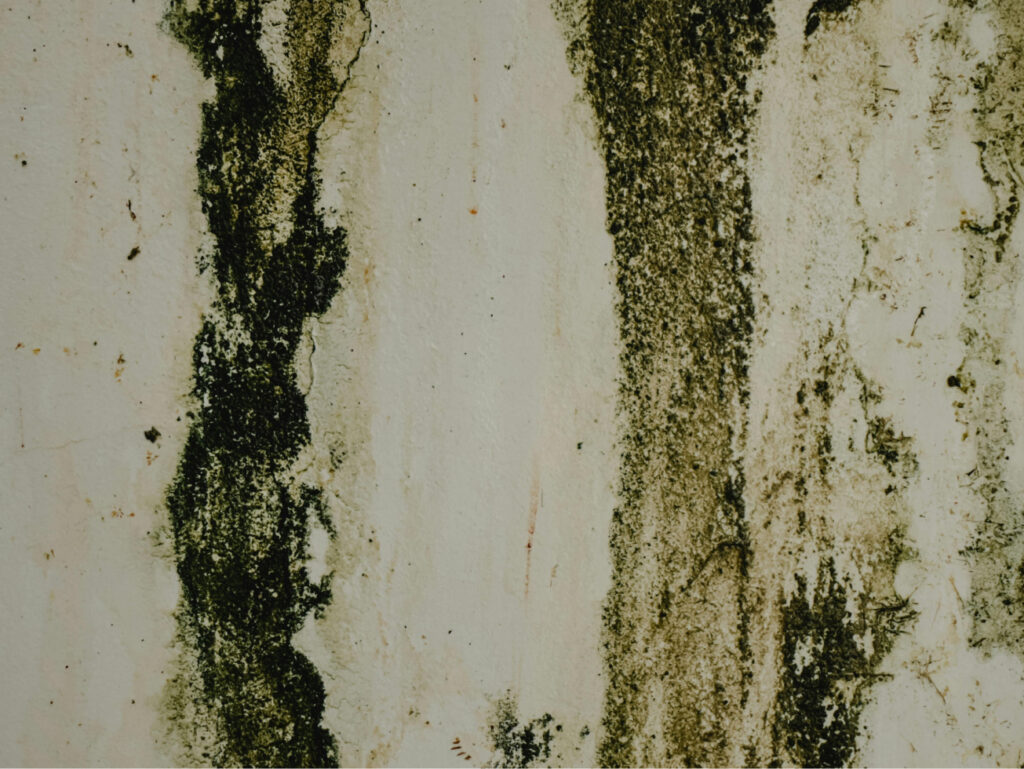
However, what causes the most damage to a home is a storm event after extreme winds. If your home has damaged roofing elements caused by high winds, it’s one of the most common ways leaks start to occur which can result in further damage to your home. This is the perfect opportunity for mouldy ceilings and walls to start forming.
What roof has the highest wind rating?
When it comes to roofs that are resistant to high wind events, our team always recommends terracotta or concrete roof tiles. Monier, Australia’s leading distributor of roof tiles, highlights that their tiles offer significant resistance to high winds due to their weight and design. (Monier)
Additionally, they’re incredibly resistant to hail. In a test conducted at James Cook University, concrete roof tiles demonstrated resilience against severe storm conditions (including hailstorms), experiencing little to no damage. In contrast, metal sheeting sustained significant damage under similar conditions.
Salt-Laden Air in Coastal Areas
Hobart’s coastal location exposes roofs to salt-laden air, which can accelerate the corrosion of metal roofing components in particular. The closer your home is to the ocean, the more susceptible your roof is to the damaging effects of salt.
How Can Salt-Laden Air Damage Roofing Elements?
Salty air can cause damage to a roof through corrosion of metal components. Roofing materials (particularly flashings) can be particularly susceptible to corrosion. The most vulnerable type of roof to corrosion is sheet metal.
What’s the best Roofing Material for Coastal Areas?
Roof tiles are an excellent choice for coastal regions due to their durability and resistance to salt-laden air. An alternative our team always recommends are tiles as they are naturally resistant to salt damage. For instance, Monier’s concrete and terracotta roof tiles are designed to withstand marine conditions without corroding, making them a long-lasting, low-maintenance option for homes near the coast.
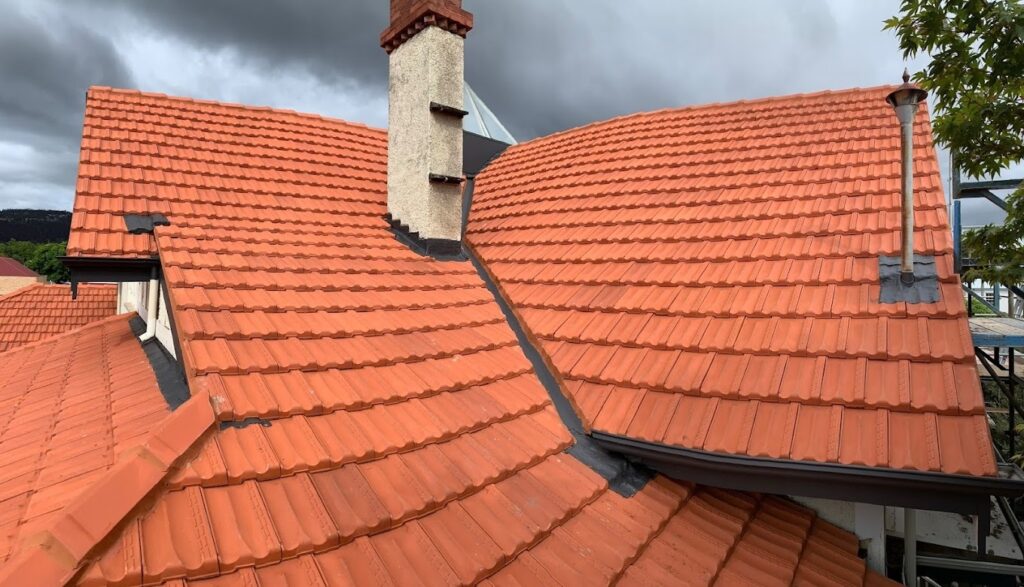
Preparing Your Roof For Hobart’s Climate
While other areas of Tasmania experience more extreme weather events, Hobart’s climate still requires careful consideration when it comes to roofing and maintaining the integrity and security of your home; strong winds and coastal salt exposure can all damage roofing materials so it’s important to be proactive and take measures to ensure you’re maximising the lifespan of your roof. Choosing durable materials, such as concrete or terracotta tiles, offers superior resistance to harsh weather conditions. It’s a great way to arm your home against extreme weather events while giving your roof a look that’s guaranteed to stand out and increase your home’s curbside appeal.
Above all, regular maintenance, including inspections, gutter cleaning, and prompt repairs, is essential to extending the lifespan of your roof. If you need help with Roofing in Hobart or general maintenance and repairs, don’t hesitate to reach out to our expert team today at RDW Roofing.
